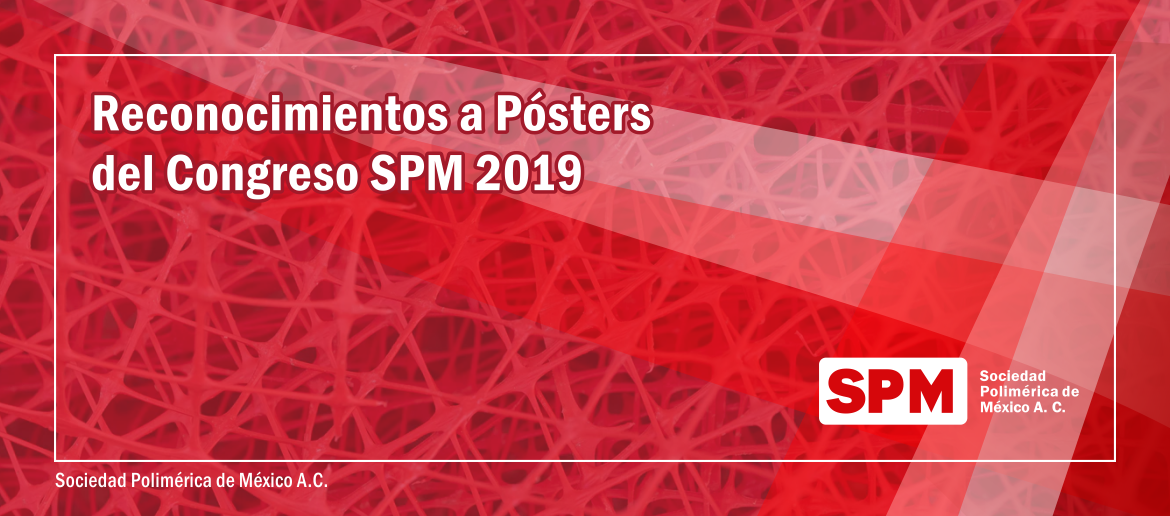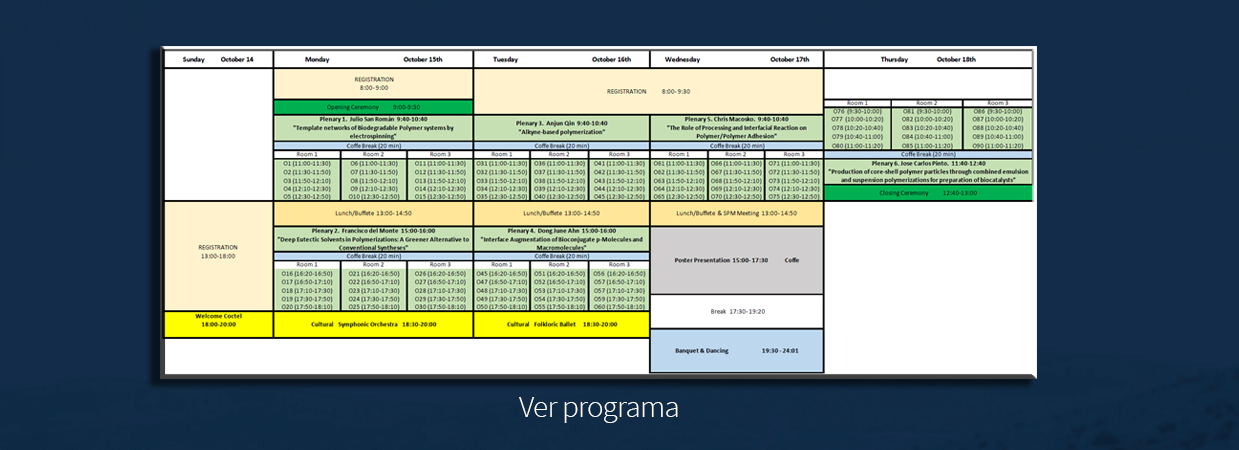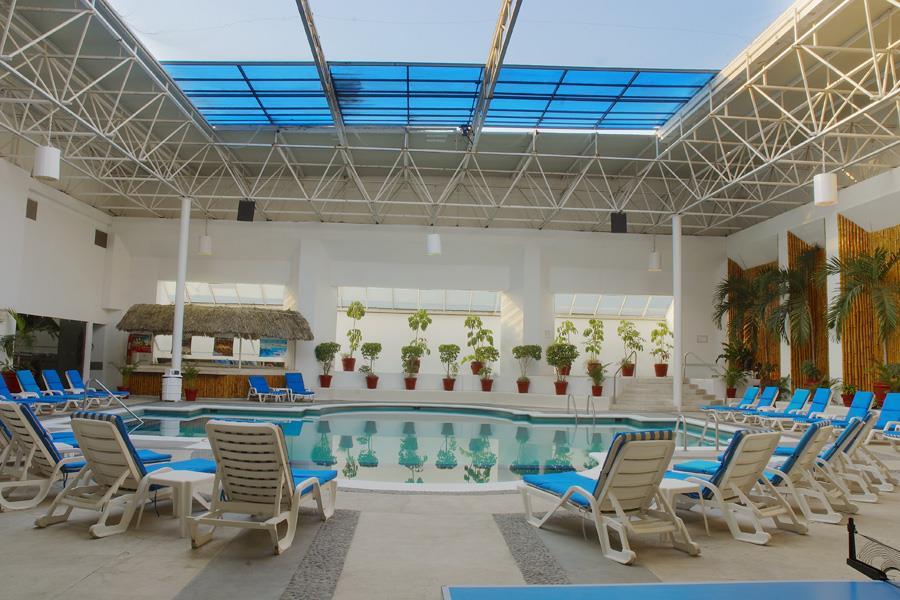Instituto de Ciencia y Tecnología de Polímeros (ICTP) Madrid, España
[email protected]
Plenary Lecture "Properties of polyurethanes based on poly(diethylene glycol terephthalate)"
Ángel Marcos-Fernández, Rodrigo Navarro Crespo, Esperanza Benito Cano, Julio Guzmán Perote, Leoncio Garrido Fernández
Polyurethanes are a family of polymers with multiple applications due to the versatility of its chemistry. In general, polyurethanes are obtained by combining a macroglycol of relatively high molecular weight, a polyisocyanate and a low molecular weight polyol or polyamine. Usually, the macroglycols employed in polyurethane manufacture are aliphatic in nature, and only in some specific cases aromatic macroglycols are used as for example terephthalate and isophthalate oligomers in rigid foams.
Poly(diethylene glycol terephthalate) and poly(diethylene glycol isophthalate) are two polyesters that despite their structural regularity do not crystalize from the melt, and their crystallization can be only achieved from solution in certain solvents and in appropriate conditions. In addition, their glass transition temperature is relatively low (<20ºC) as compared with their corresponding ethylene glycol polyesters (>70ºC). The polyurethanes obtained from these two diethylene glycol polyesters have scarcely been studied except for their elastomeric characteristics and their conformational and configurational properties in crosslinked networks using a trifunctional isocyanate.
In this talk, the preparation and characterization of polyurethanes derived from poly(diethylene glycol terephthalate) will be presented. Three materials were prepared from a poly(diethylene glycol terephthalate) of 3650 g·mol-1 molecular weight, that was reacted with 4,4'-diphenylmethane diisocyanate (MDI), with MDI and butanediol (30% hard segment content) or with a trimer of hexamethylene diisocyanate. The resulting materials showed from good to very good mechanical properties being highly elastomeric with a strain at break value in excess of 1000%. The study of the dielectric properties showed two characteristic relaxations due to the glass transition and to conductivity, the later probably due to the impurities introduced by the tin catalyst used in the synthesis of the polyurethanes, and contrary to previous results found in literature, no evidence of a beta relaxation was found. Gas transport properties results demonstrated that polyurethanes derived from poly(diethylene glycol terephthalate) have permeabilities even lower than poly(ethylene glycol terephthalate) (PET), widely used in the packaging of soft drinks, thus these new materials can be considered as barrier materials but with elastomeric properties in contrast to rigid PET.



















